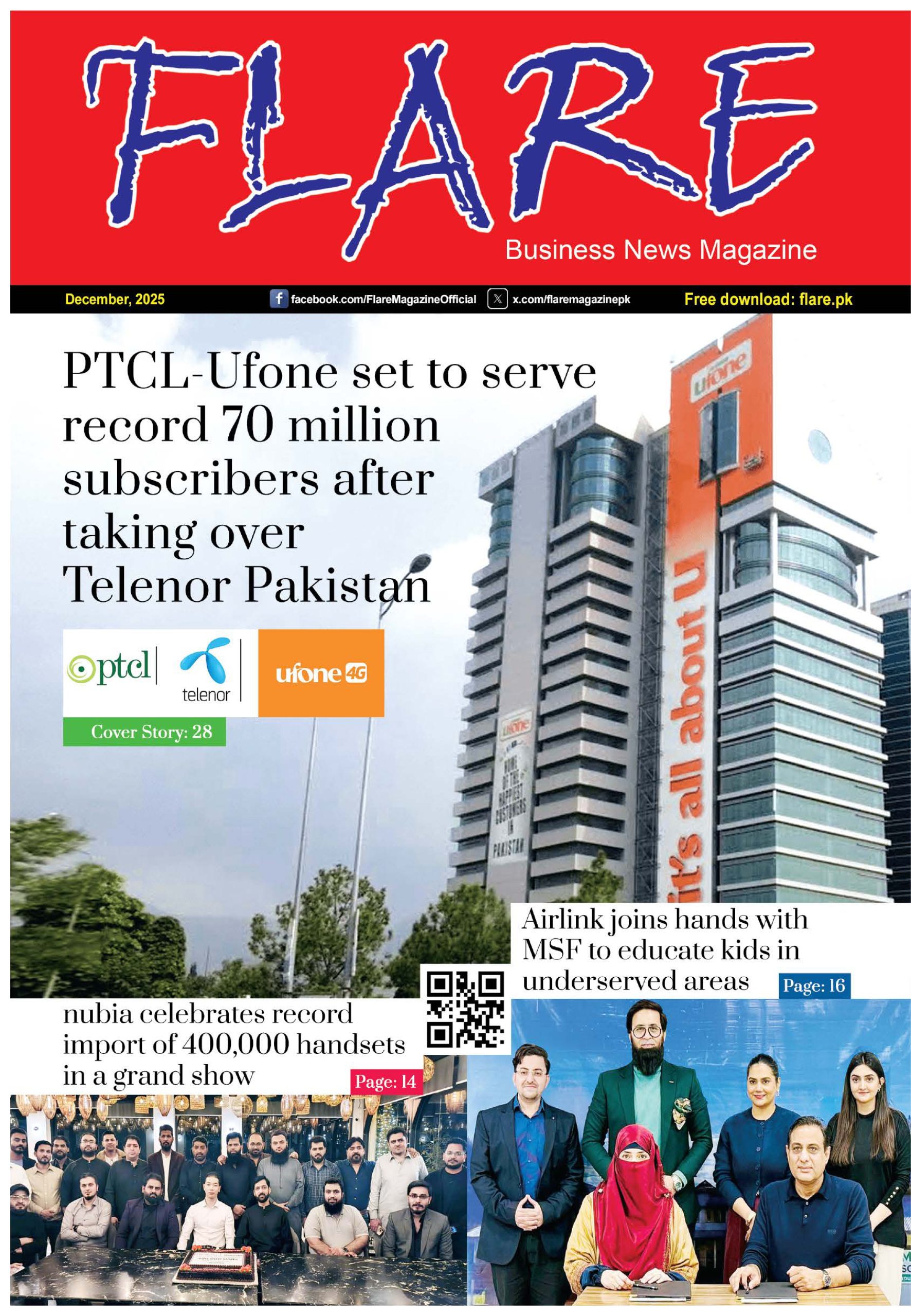The M-6 Motorway project from Hyderabad to Sukkur was a significant national infrastructure endeavor intended to improve connectivity between major cities in Pakistan. However, a massive corruption scandal has tainted this crucial development project. High-ranking officials, including deputy commissioners, private persons, and bank officials, allegedly embezzled billions of rupees meant for land acquisition for the project. The National Accountability Bureau (NAB) of Karachi conducted an in-depth investigation, revealing how these public funds were misused and illegally transferred both domestically and abroad.
1. Background of the M-6 Motorway Scandal
The corruption scandal erupted when it was discovered that officials misappropriated funds allocated by the National Highways Authority (NHA) for the acquisition of land necessary for constructing the M-6 Motorway, linking Hyderabad and Sukkur. These funds were supposed to be distributed to landowners whose properties fell within the designated area for the motorway. Instead, public officials, in collaboration with private individuals, conspired to withdraw and embezzle these funds through fraudulent means.
The primary figures in this scandal include government officials from the districts of Matiari and Naushehro Feroze, as well as individuals within Sindh Bank. The investigation details significant violations of Pakistan’s Land Acquisition Act of 1894, which outlines the procedures for compensating landowners. However, instead of following the law, officials bypassed required steps, made forged entries, and used illegal methods to siphon money meant for compensating landowners.
2. Key Accused and Their Role in the Embezzlement
Muhammad Tashfeen Alam (Former DC Naushehro Feroze)
Tashfeen Alam, one of the central figures in this corruption scandal, served as Deputy Commissioner (DC) of Naushehro Feroze from August 2021 to November 2022. His role as Land Acquisition Officer (LAO) placed him in charge of overseeing the acquisition process for the motorway. However, instead of following legal procedures outlined in the Land Acquisition Act, he skipped crucial steps such as joint surveys and the proper issuing of compensation cheques to the landowners.
He deposited cheques worth Rs. 3.61 billion in an unauthorized account in Sindh Bank rather than in the government treasury, which allowed him to manipulate the funds. Alam issued 847 open cheques, totaling Rs. 3.4 billion, but a significant portion of these cheques was made out to non-existent landowners, allowing him to misappropriate nearly Rs. 2.9 billion.
Alam, who absconded to Dubai with his wife, is currently a fugitive. According to the investigation, he purchased a luxurious villa in the Lagoon Malta project of DAMAC Properties in Dubai, along with other real estate in Pakistan.
Ashique Hussain Kaleri
Ashique Hussain Kaleri, another key player, was arrested during the investigation, leading to the recovery of Rs. 636 million in cash from his residence. Kaleri admitted his role in the embezzlement scheme and collaborated with other officials. He submitted a plea bargain amounting to Rs. 1.247 billion, which was approved by the Accountability Court in Hyderabad. His illegal assets, valued at over Rs. 600 million, were also seized.
Rehmatullah Solangi
Rehmatullah Solangi, another pivotal figure, was involved in purchasing 43 movable and immovable properties using the stolen funds. Solangi’s family members and associates were also found to be beneficiaries of the embezzled amount, and all their properties have been frozen by NAB.
Sindh Bank Officials’ Role
NAB’s investigation also implicated officials from Sindh Bank, including branch managers, operations managers, and cash officers. They were accused of facilitating the illegal transfer of funds. These officials grossly violated Anti-Money Laundering (AML) and Combating the Financing of Terrorism (CFT) regulations by disbursing billions in cash without following proper procedures. This allowed the key accused to withdraw large sums without accountability.
3. Illegal Transfers and Investments in Dubai
One of the more alarming aspects of the investigation is the illegal transfer of embezzled funds to Dubai via the Hawala/Hundi system, a non-traceable method used for transferring money outside official banking channels. A significant portion of the stolen money was invested in high-end real estate in Dubai. Accused officials purchased luxurious properties, including a villa in DAMAC’s Lagoon Malta project, and several other high-value investments in Pakistan.
4. Plea Bargains and Arrests
NAB has made substantial progress in recovering the embezzled funds. One of the notable achievements is the approval of plea bargains from key accused individuals, which has led to the recovery of large sums of money. For example:
Ashique Hussain Kaleri: Plea bargain of Rs. 1.247 billion.
Ikhlaque Hussain Shah: Plea bargain resulting in the recovery of Rs. 380 million.
Several accused, including Adnan Rasheed, the former DC of Matiari, and Mansoor Ali Abbasi, the Land Acquisition Officer, have been arrested. Properties worth over Rs. 2.479 billion, including 57 luxury villas, apartments, petrol pumps, and expensive plots across Karachi, Hyderabad, Islamabad, and other areas, have been frozen under Section 12 of the National Accountability Ordinance (NAO) of 1999.
5. Forgery and Document Manipulation
Accused individuals No. 8 and 9, both stationed in the camp offices at Matiari and Naushehro Feroze, were found to have played an active role in manipulating documents to cover up the embezzlement. Forged documents were prepared to make the fraudulent transactions appear legitimate, thus aiding the misappropriation of government funds.
6. Largest Cash Recovery in NAB’s History
The investigation by NAB Karachi led to an unprecedented cash recovery of Rs. 1.286 billion, making it one of the largest recoveries in the bureau’s history. This success has seen as a significant milestone in the fight against corruption, particularly in major infrastructure projects.
7. Frozen Assets
NAB Karachi has frozen a total of 57 properties, which include:
20 Villas and Apartments in Bahria Town, Karachi
Luxury Bungalows in Hyderabad, Jamshoro, and Malir Cantt, Karachi
Plots in Bahria Town and DHA across Karachi and Islamabad
High-end vehicles including luxury models purchased after the embezzlement
These properties were all acquired after June 2022 using the embezzled funds from the M-6 Motorway Project.
8. Legal Proceedings and Future Outlook
As the investigation unfolds, NAB continues to pursue other suspects involved in the scandal. Many accused are still at large, and the bureau has issued call-up notices and arrest warrants for those who have fled the country. The investigation has also highlighted serious lapses in the monitoring of public funds, prompting calls for tighter regulations and oversight in future development projects.
The case continues to be a major point of discussion in the country, with many calling for swift justice to ensure such a significant misuse of public funds does not happen again.
Conclusion
The M-6 Motorway corruption scandal serves as a grim reminder of the challenges Pakistan faces in curbing corruption, especially in large-scale infrastructure projects. While the efforts of NAB Karachi have yielded significant recoveries, the case underscores the need for stronger governance mechanisms, stringent accountability, and vigilant oversight in public projects. The full extent of the scandal has yet to revealed as the investigation continues, but it has already proven to one of the most significant corruption cases in Pakistan’s recent history.



